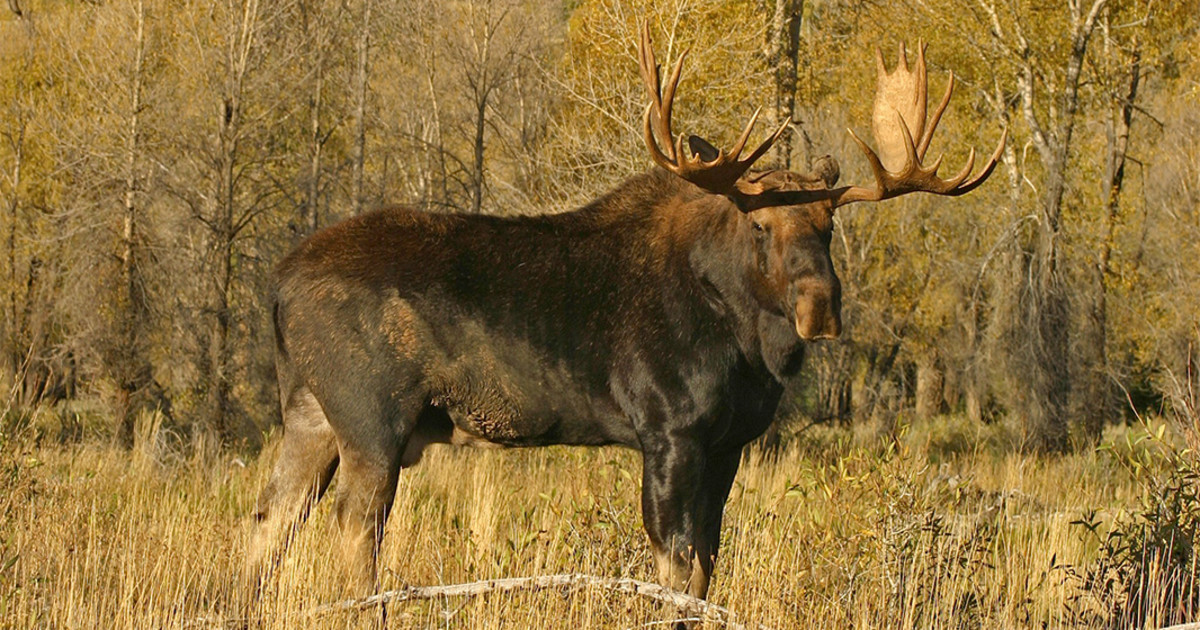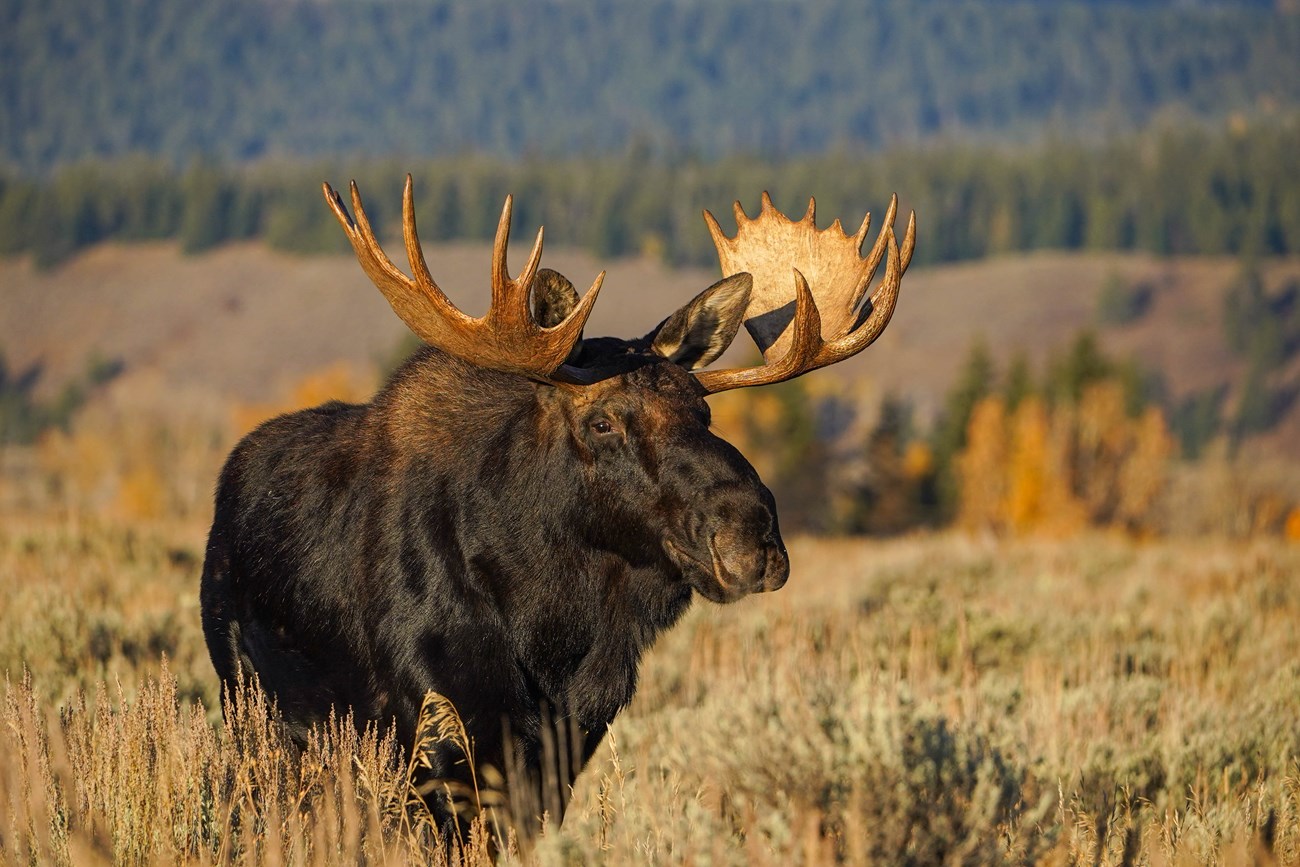To call a Bull Moose, imitate cow calls or use a mouthpiece caller to mimic their sounds. Connecting with a seasoned hunter or wildlife expert for guidance can be beneficial.
Understanding their behavior and vocalizations is crucial for a successful hunt. By studying their habits and employing the right calling techniques, you can increase your chances of attracting a Bull Moose. This majestic creature is known for its size and beauty, making it a sought-after trophy for many hunters.
The thrill of calling in a Bull Moose and experiencing a close encounter in the wild is a memorable and rewarding experience for any outdoor enthusiast.

Credit: www.themeateater.com
Preparing For The Encounter
To successfully call bull moose, first locate a good spot with natural cover and a clear view of your surroundings. Use a moose call to imitate the mating call of a cow moose to attract a bull. Be patient and prepared for sudden encounters during the rutting season.
Researching Bull Moose Behavior
Research is key in understanding bull moose behavior before attempting to call them. Study their habitat and movement patterns.
Understanding Calls And Signals
Familiarize yourself with different calls and signals used by bull moose to communicate. Practice mimicking these sounds.
Seek guidance from experienced hunters or guides on the correct techniques for calling bull moose.
Use the appropriate gear and equipment for calling bull moose, such as high-quality calls and scent blockers.
Choosing The Right Location
- Look for dense vegetation near water sources.
- Check for signs of moose activity like tracks or droppings.
- Ensure the location has enough food supply for moose.
Ensuring Safety In The Wilderness
- Stay alert for other wildlife in the area.
- Keep a safe distance from moose during the call.
- Always have a plan in case of emergency.
Mastering The Call Techniques
Learning how to call bull moose is an essential skill for any avid hunter. Mastering the call techniques can greatly increase your chances of a successful hunt. Whether you’re new to moose hunting or looking to refine your skills, understanding the basic calls and perfecting advanced calling methods are crucial for luring a bull moose within range.
Learning The Basic Calls
When starting out, it’s important to familiarize yourself with the fundamental moose calls. These basic calls include grunts, mating calls, and contact calls. By mastering these foundational sounds, hunters can effectively communicate with moose and draw them in closer.
Perfecting Advanced Calling Methods
Once you’ve honed your proficiency with basic calls, it’s time to advance to more complex calling techniques. Techniques such as raking and thrashing can create the illusion of a dominant bull moose in the area, enhancing your chances of attracting a mature bull within shooting range.

Credit: www.facebook.com
Setting The Stage For Success
Learn the secrets of calling bull moose to set the stage for a successful hunting experience. Master the art using proven techniques and increase your chances of a memorable encounter in the wilderness. Enhance your skills and strategize for a rewarding wildlife adventure.
Patience And Persistence
Bull moose calling is an art that requires both patience and persistence. It’s important to remember that bull moose are elusive creatures, and calling them in successfully takes time. Stay focused and persistent in your efforts, and you’ll increase your chances of success.
When practicing your moose calls, be proactive and patient while waiting for a response. A bull moose may take some time to make its presence known, so give it the time it needs to approach.
Utilizing Environmental Factors
Understanding and utilizing environmental factors can significantly enhance your chances of calling in a bull moose.
Start by selecting an area with optimal moose activity. Look for fresh moose tracks, browse lines, or rubs on trees—they are all signs of recent moose activity. These indicators can help you identify the most promising location to call from.
Next, utilize the wind direction to your advantage. Position yourself downwind from the area where you expect the moose to appear. The scent of a human can easily spook a moose, so take precautions to minimize your scent by using scent-blocking sprays or scent-control clothing.
In addition to wind direction, consider natural barriers such as rivers, lakes, or thick vegetation. These barriers can guide moose movement and help narrow down their potential location, giving you a better chance of attracting their attention with your calls.
Lastly, pay attention to the timing. Moose are most active during the early morning and late evening hours. Plan your calling sessions accordingly to maximize your chances of encountering a bull moose.
Handling Encounters Safely
When it comes to calling bull moose, it’s essential to prioritize safety both for yourself and for the wildlife. Encountering a bull moose can be an awe-inspiring experience, but it’s crucial to handle these encounters responsibly and with utmost caution. By understanding and interpreting bull moose reactions, as well as ensuring respect for wildlife boundaries, you can ensure a safe and unforgettable experience with these magnificent creatures.
Interpreting Bull Moose Reactions
It’s vital to be able to interpret bull moose reactions accurately in order to gauge their behavior and proceed accordingly. Here are some key reactions to be aware of:
- Agitated behavior: If a bull moose appears agitated, it may flatten its ears against its head, stomp its hooves, or swing its head from side to side. These signs indicate that the moose is feeling threatened or is on high alert.
- Defensive stance: A bull moose may assume a defensive stance by lowering its head and raising the hair on its hump. This behavior suggests that the moose is ready to protect itself and feels threatened.
- Charging: Although rare, a bull moose may charge when it feels cornered or provoked. If a bull moose charges, it’s crucial to find cover or distance yourself from the moose while avoiding direct eye contact.
Ensuring Respecting Wildlife Boundaries
When calling bull moose, it’s essential to respect the boundaries of these majestic animals. Here are some guidelines to follow:
- Keep a safe distance: Maintain a safe distance of at least 50 yards from a bull moose. This distance ensures that you don’t interfere with the moose’s natural behavior or make it feel threatened.
- Observe from a distance: Use binoculars or a camera with a zoom lens to observe moose behavior from a distance. This allows you to capture incredible moments without invading their personal space.
- Leave no trace: When visiting moose habitats, ensure to leave no trace and take all your belongings with you. Dispose of trash properly and avoid leaving any food scraps behind, as this can have negative consequences for both moose and their ecosystem.
By following these guidelines and respecting wildlife boundaries, you can ensure a safe and respectful encounter with bull moose while preserving their natural habitat. Remember, enjoying the presence of these magnificent creatures should always prioritize their well-being and safety.

Credit: www.nps.gov
Frequently Asked Questions For How To Call Bull Moose
How Do You Call A Bull Moose?
To call a bull moose, use a moose call such as a bugle or grunt tube. Mimic the distinctive sounds of a female in heat or the territorial call of a dominant male to attract the bull moose. Practice the sounds beforehand and be patient while waiting for a response.
When Is The Best Time To Call A Bull Moose?
The best time to call a bull moose is during the rut, which is the mating season. This typically occurs in the early fall, around September or October. Bulls are most responsive to calls during this time as they are actively seeking out females and defending their territory.
What Are The Different Types Of Moose Calls?
There are different types of moose calls that can be used to attract a bull moose. The most common types include bugles, grunts, and cow calls. Bugles imitate the high-pitched call of a dominant bull, grunts mimic the sounds of a bull challenging another, and cow calls replicate the low, moaning sound made by females in heat.
How Long Should I Call For Before Expecting A Response?
It can vary, but it’s recommended to call for about 10-15 minutes at a time before expecting a response from a bull moose. Be patient and allow enough time for the sound to travel and for the moose to hear and respond to the call.
Avoid excessive or continuous calling, as it may deter the moose.
Conclusion
Mastering the art of calling bull moose is a skill that requires patience and practice. By understanding their behavior and using the right calls, you can increase your chances of a successful hunt. Remember to always prioritize safety and respect for the natural environment while enjoying this thrilling experience.
Happy hunting!


